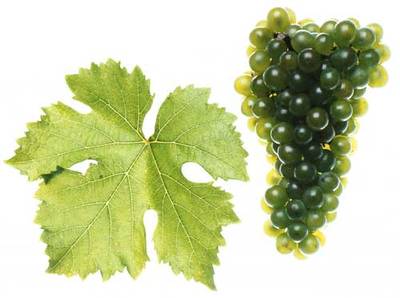Our Red Muscatel is not typical for our region and therefore it makes us a lot more fun to work with this variety! After an 8-hour maceration of the grapes the must is fermented relatively cool to keep the fine aroma. Even a few grams of residual sugar may remain, so that the aroma is additionally underlined!
This cult drink is also known as “Che”. The story behind this name comes from an amusing story of the past of Christian Schabl. Some friends used to call him affectionately “Che”. This is based on his alleged resemblance to Ernesto “Che” Guevara (wikipedia.org/Che-Guevara). And because of this nickname the Idea arose to make a wine that you may then give that name!
Dining companion for: with carpaccio and cold hors d’oeuvres or as an aperitif
Alcohol: 12,5-13% Vol
Residual sugar: dry
Vineyard: Laim
Drinking temperature: 8° C
General information about the Red Muscatel
The Red Muscatel is a white grape variety with an intense nutmeg scent that was created as a mutation from the yellow Muscatel.
The berries are medium-sized and reddish in color. Except for the color of the berries, the variety is very similar to the Yellow Muscat and its importance in Austria is currently low. The origin of the variety is unknown, probably coming from Italy or Greece. It is one of the oldest grape varieties and occurs in numerous different types, especially in Italy.
Red and yellow muscatels differ in the color of the berries. Although the Muscatel has low demands on the soil, the variety is difficult and demanding in the vineyard; it is susceptible to rot and has uncertain yields due to its sensitivity to flowering.
A small encyclopedia
KMW: Klosterneuburger must scale – With that number the sugar content in the grape juice is indicated in weight percent.
More info at: www.wikipedia.org
BSA: Malolactic fermentation – by the addition of starter cultures (bacteria), the malic acid, a part of the total acid in wine, is largely reduced to lactic acid and CO2. Thus, the total acidity is reduced, and in addition it gaves the wine richness and complexity.



